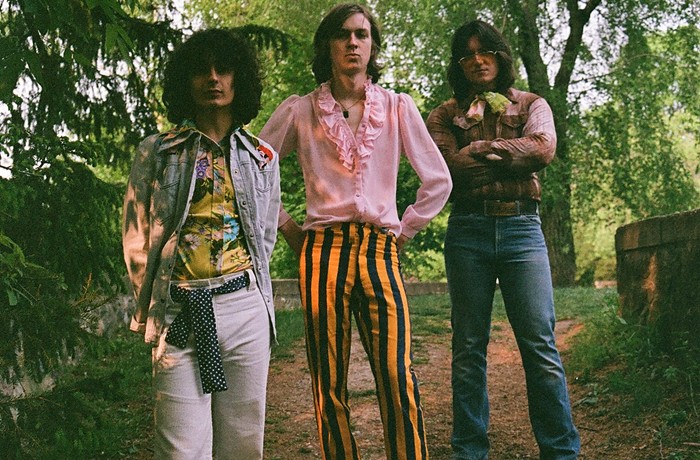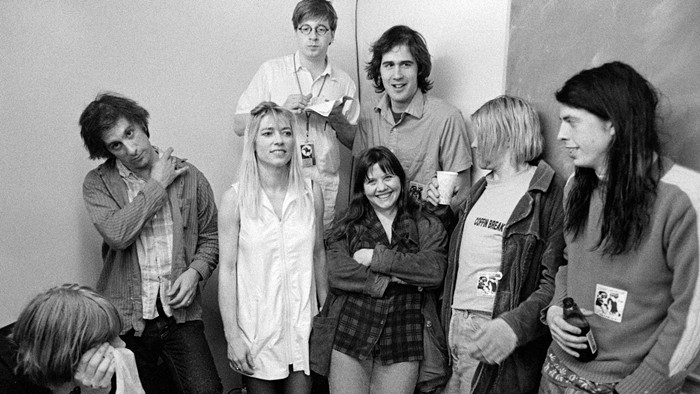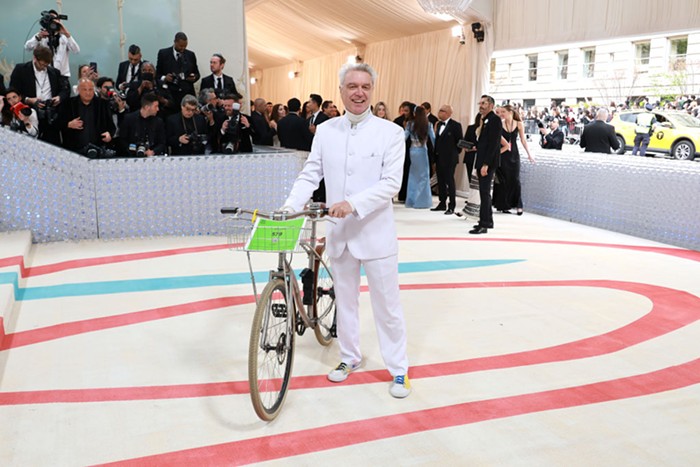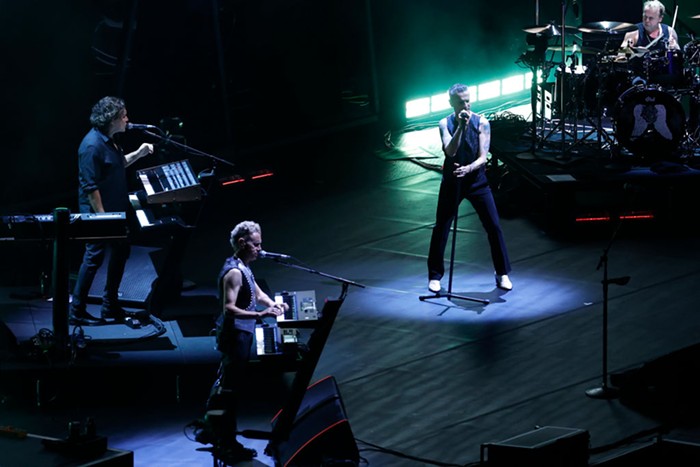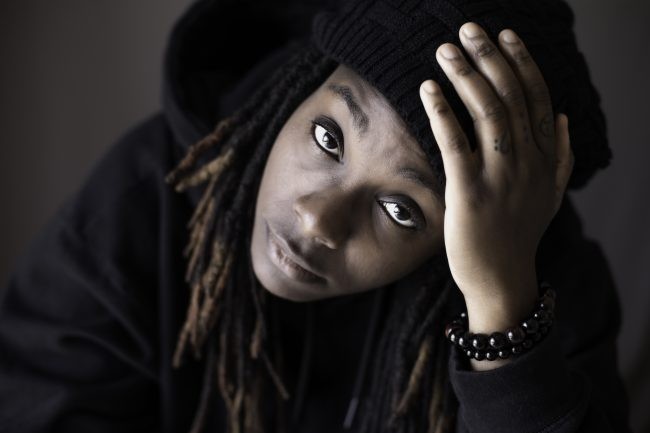Vijay Iyer is 40, the son of East Indian immigrants, and a NYC-based jazz pianist. He has won numerous awards and is much loved by the leading critics of jazz—this year, he made a lot of waves by winning in five categories of the 60th annual DownBeat International Critics Poll. Iyer is not only at the core of the jazz tradition, he has also worked with musicians and producers in other genres—the rapper/producer Mike Ladd, Burnt Sugar (a collective that's guided by Greg Tate—one of the greatest critics of black music—and picks up where early-'70s Miles Davis left off), the producer and philosopher DJ Spooky, and Das Racist. Iyer also wrote a PhD dissertation called "Microstructures of Feel, Macrostructures of Sound: Embodied Cognition in West African and African-American Musics" (it blends physics and neuroscience with jazz theory/history) and is probably best known outside of the jazz realm for his brilliant and even fearless cover (fearless for a serious jazz musician) of Michael Jackson's "Human Nature."
In 2007, Iyer wrote an essay that's worth considering as we look at some of the acts set to participate in this year's Earshot Jazz Festival. The title of the essay, "Uncertainty Principles," is haunted by the ghost of the father of quantum mechanics, Werner Heisenberg, and its content concerns the existence or nonexistence of this thing we call jazz. Does jazz really exist? Is it really, really there? Or is it a label for nothing? Iyer admits that for a while, he thought it did not exist. "Not long ago, I went through a phase when I was ready to jettison the term entirely. I'd heard none other than Abbey Lincoln remark, 'A lot of musicians on the scene now think they're playing jazz. But there's no such thing, really.' I found myself entertaining that very possibility and said so in public." An outcry from critics made him "rethink [his] rejection of the word." He currently believes in jazz. (The Vijay Iyer Trio performs October 17 at Benaroya.)
But why did Iyer question the very existence of jazz in the first place? Because, as he explains at the beginning of the essay, he makes all kinds of music with all kinds of musicians all of the time. "[To be in the] jazz 'scene' [is] actually [to] inhabit multiple scenes, with varying relationships to what is called jazz." As I said in the opening paragraph, Iyer works with rappers, post-jazz theorists, Desi tabla masters, and so on. Iyer is not alone in this. In fact, many of the artists in the Earshot festival are in the same boat: constantly collaborating with a variety of musicians in a variety of forms. For example, Matthew Shipp, another NYC-based jazz pianist who is brainy (like the great Cecil Taylor, he was trained at the New England Conservatory of Music) and popular with the critics, has worked extensively with innovative hiphop artists—DJ Spooky, Beans of Antipop Consortium, and the founder of Def Jux, El-P. (His album with Spooky, Freedom Now, is, admittedly, more interesting than his album with El-P, High Water.) By the way, if you have never seen Shipp perform, I recommend you don't miss his appearance at the festival (October 14 at the Seattle Art Museum). When he is on the piano, what you hear is music that's not pretty or elegant, but an expression of raw intelligence. It's like watching the firings in a brain as a thought ripples from one fold to the next.
But the Earshot Jazz Festival is, as a whole, very open to encounters and experiments with other forms of music. One group, Arga Bileg, which is from Ulaanbaatar, Mongolia, and performs on October 21 at the Seattle Asian Art Museum, is exemplary. The group's effortless and beautiful blending of jazz with Mongolian folk music is very much at home in this festival, which recognizes Arga Bileg not as a novelty or something curious, but as a part of the tradition, a part of jazz's growth and development—blue chords fusing with the startling sorrow of the Mongolian violin.
Now here is something interesting to consider: The festival also includes a collaboration by two musicians who are not in the jazz tradition in any real way—Philip Glass, a postmodern classical composer and pianist, and Foday Musa Suso, a Gambian kora master. (This performance happens at the Kirkland Performance Center on October 25.) How does this make any sense? Is the festival being too open? Has it gone too far, gone beyond the limits of what is and what is not jazz? On the face of it, Glass and Suso's experiment concerns only African and Western music. But if we step back and think about it for a moment, we will see the bigger picture: Jazz is nothing but the marriage of Western and African music. ![]()


